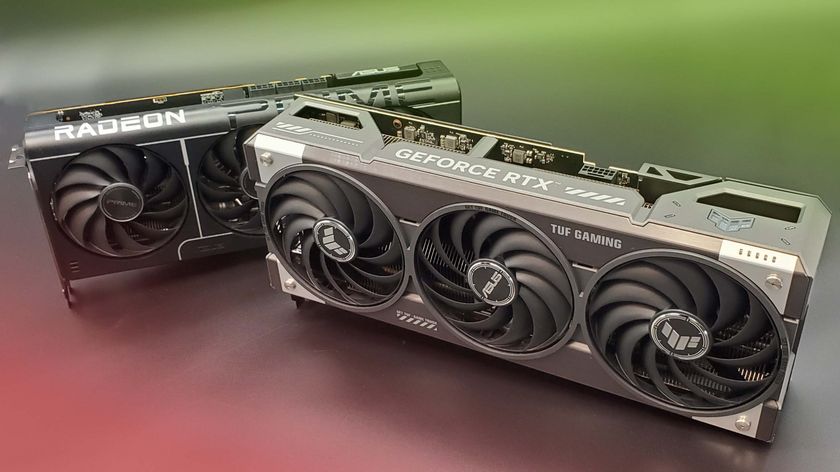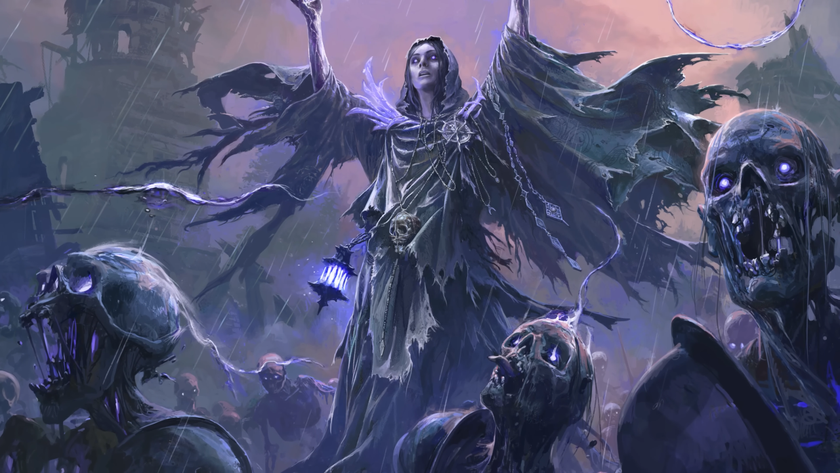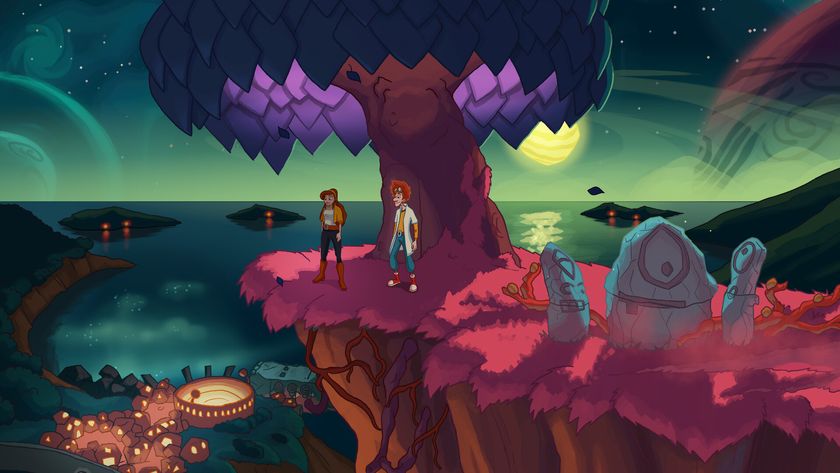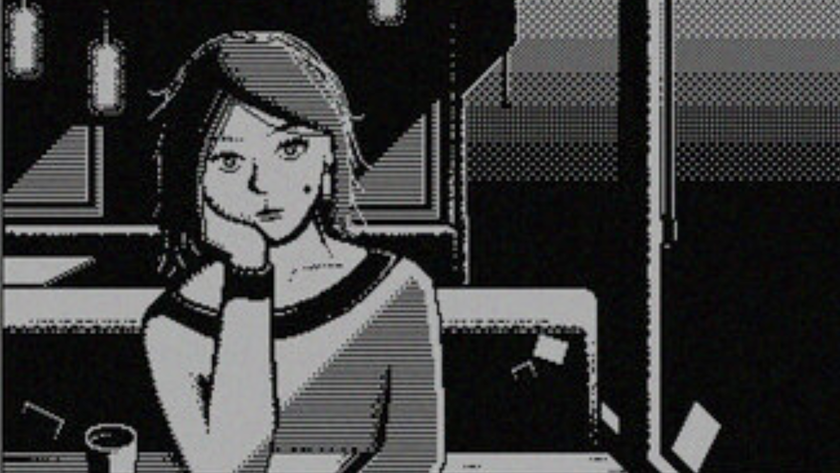The problem with survival games

Have you ever seen Survivorman? It's a documentary series about a guy called Les Stroud who spends a week in the world's most inhospitable places—deserts, rainforests, tundras—and survives with only the clothes on his back. Fakers like Bear Grylls have doctors on hand, camera crews, and cosy hotels to return to after filming, but Stroud does it all for real— and films everything himself. It's really good TV, and I promise that after you watch the first episode you'll be hooked.
Anyway, what Survivorman shows us is that nature is terrifying, and doesn't care whether you live or die. These great, lonely expanses, whether it's the dense jungles of the Amazon or the icy plains of Alaska, are cruel, merciless places. Stroud is a seasoned survival expert, and even he struggles to find food or keep warm sometimes. Imagine if you were out there. You wouldn't last a day.
So why do survival games always have enemies in them? Zombies, cannibals, wild animals… it's completely unnecessary. Nature has already done the hard work and designed the most formidable, intimidating, ruthless villain imaginable: itself . Survival sim developers seem to think they need to include some kind of threat to keep players interested, but that really isn't the case. Being stranded in the middle of nowhere with no food, no fire, and night closing in is scarier than any monster.
A survival game doesn't need conflict. There are other ways to keep a player engaged. There could be exploration elements; discovering abandoned camps or ruined buildings, and using them as makeshift shelters. There might be stories to discover, or clues to escaping the wilderness—like an old map left behind by a hiker with a route scribbled on it. Or imagine finding something like Christopher McCandless' bus, and reading his diary by a flickering campfire.
But for this hypothetical game to really work, a lot of love would have to be put into the atmosphere and design of the world. You'd need realistic weather and lighting, and stunning natural beauty. That's another thing I love about Survivorman: Stroud is always in awe of the majesty of his surroundings, but also respectful, and occasionally fearful, of them. With a large, diverse, and beautiful environment to explore—I'd love somewhere like a rainy forest in the Pacific Northwest—I'd play the game just to wander the landscape and see what I could find before nightfall.
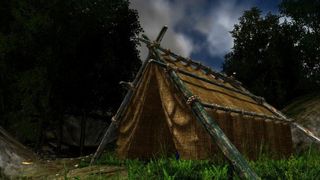
But let's say you're an indie developer making your dream realistic survival game, but the guy holding the cheque that'll decide whether the project lives or dies insists on some kind of danger. Well, in that case, you do it subtle. You make animal attacks rare, but possible. As you walk through the forest at night, you might hear a growl, or something stalking you. But it's unlikely it'll ever show itself; until that one, unexpected time when it does, and you have to run for your life. That would be infinitely more compelling than a million shambling zombies.
One survival game that almost gets it right is Miasmata. I love the realistic character movement, cartography system, and being able to forage for plants to craft medicines. But then that stupid monster turns up and I lose all interest. The Forest added a hidden enemy-free mode, but it's clear the game was designed with the cannibal natives in mind, and it feels a bit empty and aimless without them. No developer I know of has been brave enough to design a survival game without any threat. Who'll be the first?
The biggest gaming news, reviews and hardware deals
Keep up to date with the most important stories and the best deals, as picked by the PC Gamer team.
If it’s set in space, Andy will probably write about it. He loves sci-fi, adventure games, taking screenshots, Twin Peaks, weird sims, Alien: Isolation, and anything with a good story.

In 'a bit of an experiment' Rust's latest update makes softcore mode even softer, and some changes may be brought over 'to the vanilla game in future'
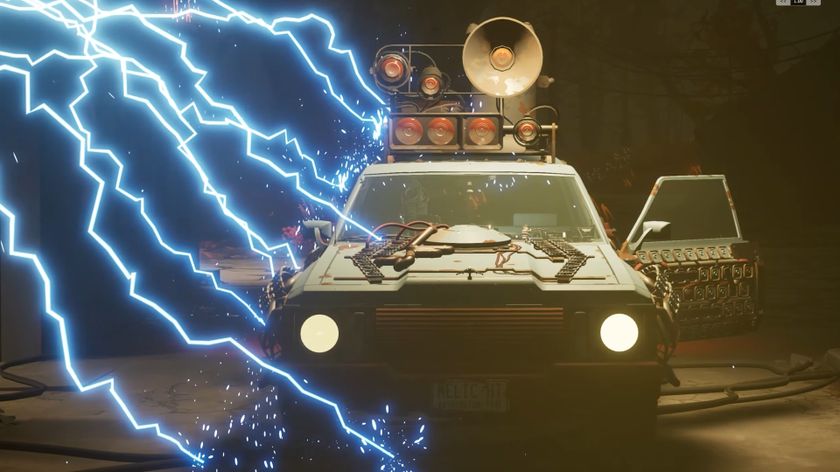
Pacific Drive's 'largest ever' update adds endless expeditions to the vehicular survival game, but it's a big change to how saving works that has me pondering a reinstall


